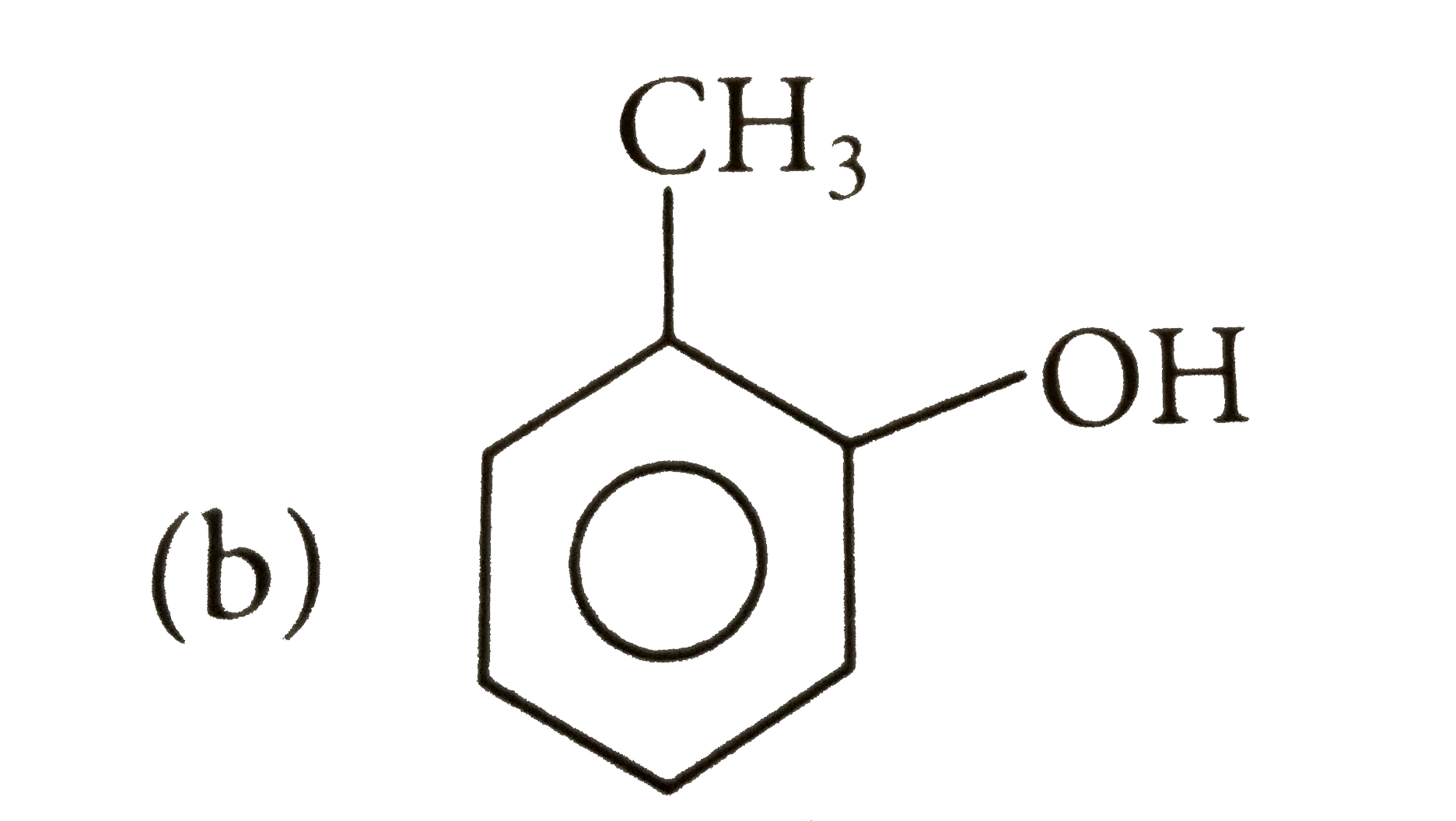A compound (X) with the molecular formula C6H10O4 is a neutral liquid. On heating (X), under reflux with aqueous sodium hydroxide and distilling the product. A colourless liquid is obtained which on warming with iodine and aqueous sodium hydroxide gives a pale yellow precipatate (Y). The residue in the distilling flask is the sodium salt of an acid (Z), which decolourises aqueous acidified potassium permaganate (VII) on heating. Identify (X),(Y), and (Z) and give all the reactions involved.
To solve the problem, we will follow a systematic approach to identify the compounds X, Y, and Z based on the given information.
Step 1: Determine the Degree of Unsaturation
The molecular formula of compound X is C6H10O4. We can calculate the degree of unsaturation using the formula:
Degree of Unsaturation=2C+2−H2
Where C is the number of carbons and H is the number of hydrogens.
Degree of Unsaturation=2(6)+2−102=12+2−102=42=2
This indicates that there are two degrees of unsaturation, which could be due to two double bonds, one ring, or a combination of both.
Step 2: Analyze the Reactions with Sodium Hydroxide
When compound X is heated with aqueous sodium hydroxide, it produces a colorless liquid and a residue. The colorless liquid is likely ethanol, which is formed from the hydrolysis of X. The reaction can be represented as:
X+NaOH→Ethanol+Sodium Salt of an Acid
Step 3: Identify the Colorless Liquid and Precipitate Y
The colorless liquid obtained is ethanol, which upon warming with iodine and sodium hydroxide gives a pale yellow precipitate Y. This indicates that ethanol undergoes the iodoform reaction, producing iodoform (CHI3), which is a pale yellow solid.
Ethanol+I2+NaOH→Iodoform (Y)+Other Products
Step 4: Identify the Residue and Acid Z
The residue in the distilling flask is the sodium salt of an acid Z. Since this residue decolorizes acidified potassium permanganate, it suggests that Z is an acid that can reduce permanganate ions. The only acid that fits this description and has the same carbon skeleton is oxalic acid (C2H2O4). The reaction can be represented as:
Sodium Salt of Oxalic Acid+H+→Oxalic Acid+Na+
Step 5: Summary of Identifications
- Compound X is Diethyl oxalate (C6H10O4).
- Compound Y is Iodoform (CHI3).
- Compound Z is Oxalic Acid (C2H2O4).
Final Reactions
1. Hydrolysis Reaction:
Diethyl oxalate+NaOH→Ethanol+Sodium oxalate
2. Iodoform Reaction:
Ethanol+I2+NaOH→Iodoform (Y)+Other Products
3. Decolorization of KMnO4:
Oxalic Acid+KMnO4→Mn2++CO2+H2O
The molecular formula of compound X is C6H10O4. We can calculate the degree of unsaturation using the formula:
When compound X is heated with aqueous sodium hydroxide, it produces a colorless liquid and a residue. The colorless liquid is likely ethanol, which is formed from the hydrolysis of X. The reaction can be represented as:
The colorless liquid obtained is ethanol, which upon warming with iodine and sodium hydroxide gives a pale yellow precipitate Y. This indicates that ethanol undergoes the iodoform reaction, producing iodoform (CHI3), which is a pale yellow solid.
The residue in the distilling flask is the sodium salt of an acid Z. Since this residue decolorizes acidified potassium permanganate, it suggests that Z is an acid that can reduce permanganate ions. The only acid that fits this description and has the same carbon skeleton is oxalic acid (C2H2O4). The reaction can be represented as:
- Compound X is Diethyl oxalate (C6H10O4).
- Compound Y is Iodoform (CHI3).
- Compound Z is Oxalic Acid (C2H2O4).
1. Hydrolysis Reaction:
Diethyl oxalate+NaOH→Ethanol+Sodium oxalate
Ethanol+I2+NaOH→Iodoform (Y)+Other Products
Oxalic Acid+KMnO4→Mn2++CO2+H2O
Topper's Solved these Questions
- CARBOXYLIC ACIDS AND THEIR DERIVATIVESBOOK - CENGAGE CHEMISTRY ENGLISHCHAPTER - CARBOXYLIC ACIDS AND THEIR DERIVATIVESEXERCISE - Exercises (Linked Comprehension)
34 Videos
- CARBOXYLIC ACIDS AND THEIR DERIVATIVESBOOK - CENGAGE CHEMISTRY ENGLISHCHAPTER - CARBOXYLIC ACIDS AND THEIR DERIVATIVESEXERCISE - Exercises (Multiple Correct)
34 Videos
- CARBOXYLIC ACIDS AND THEIR DERIVATIVESBOOK - CENGAGE CHEMISTRY ENGLISHCHAPTER - CARBOXYLIC ACIDS AND THEIR DERIVATIVESEXERCISE - Solved Examples
17 Videos
- BIOMOLECULESBOOK - CENGAGE CHEMISTRY ENGLISHCHAPTER - BIOMOLECULESEXERCISE - Exercises Archives (Analytical And Descriptive)
8 Videos
- CHEMICAL KINETICSBOOK - CENGAGE CHEMISTRY ENGLISHCHAPTER - CHEMICAL KINETICSEXERCISE - Archives Subjective
23 Videos
Similar Questions
Knowledge Check
A compund (a) of molecular formula C7H8O is insoluble in aqueous sodium hydroxide
A B
B C
C D
D
Reactions of C6H5CH2Br with aqueous sodium hydroxide follows……..
ASN1 mechanismBSN2 mechanismCAny of the above two depending upon the temperature of reactionDSaytzeff ruleReaction of C6H5CH2Br with aqueous sodium hydroxide follows........
ASN1 mechanismBSN2 mechanismCAny of the above two depending upon the temperature of reactionDSaytzeff rule
Give balance equation for the reaction of aluminium with aqueous sodium hydroxide.
View SolutionConcentated aqueous sodium hydroxide cannot separate a mixture of
View SolutionCalcium acetate on heating gives ___ which gives__ on heating with iodine and sodium hydroxide solution.
View SolutionReactions of C6H5CH2Br with aqueous sodium hydroxide follows……..
View SolutionWhich is the major product formed when acetone is heated with iodine and potassium hydroxide ?
View Solution

